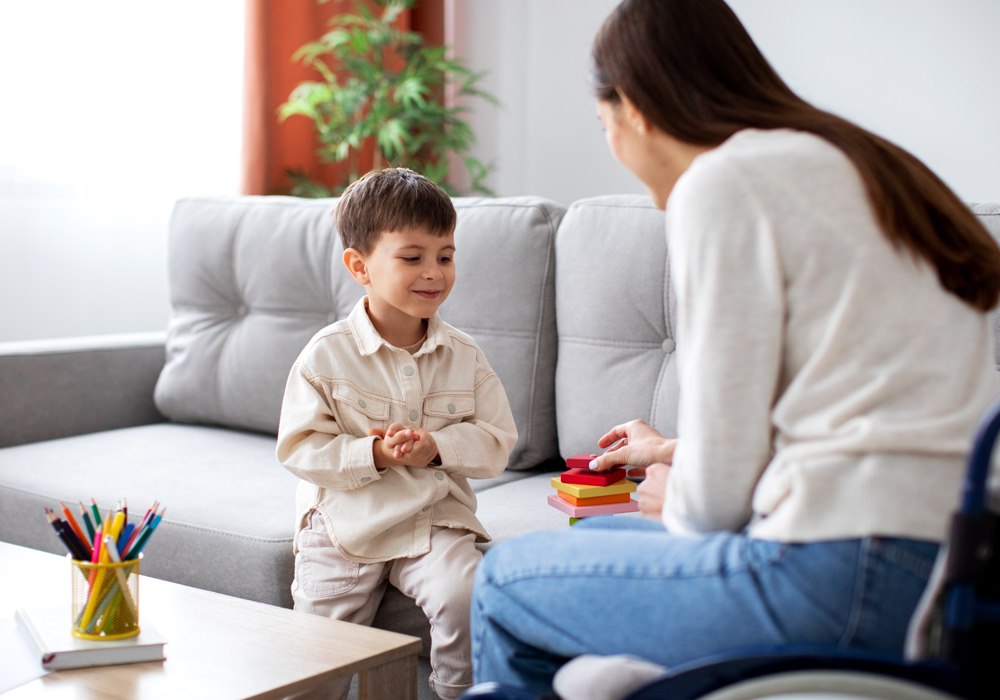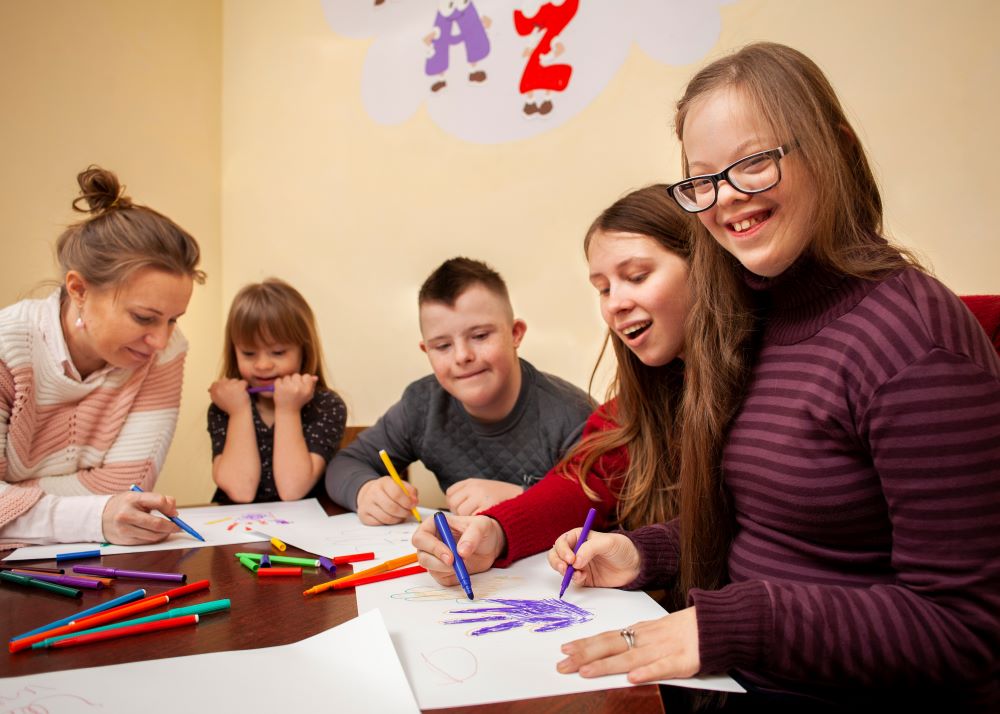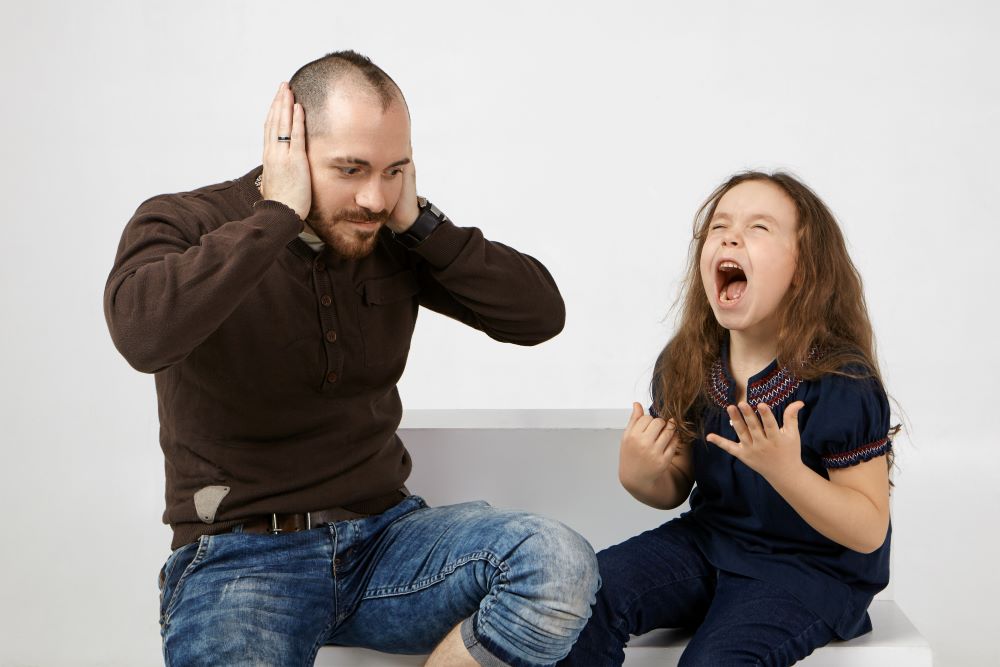Most of us think that communication happens only through words. That’s only one form of communication, known as verbal communication. There are other forms of communication, and we all engage in such communication in our daily lives.
For example, when we communicate through gestures or facial expressions, we engage in non-verbal communication. Similarly, written words, like the ones you are reading now, are another form to express ourselves.
Children, especially those with special needs like autism, often face difficulty in communicating their needs effectively. As a parent or a child caregiver, you can take the initiative to create an environment that will encourage the child to participate in effectively communicating what they want to say.
When people effectively communicate their needs, wants, preferences, and emotions, they engage in functional communication.
Here, we will discuss five ways to build an environment around your home that naturally encourages children to express what they want to convey.
5 Strategies To Inspire Autistic Children For Functional Communication
Many believe that exposing children to verbal speech encourages them to speak up. But that is only a limiting approach. The more options your child has to express, the more likely they will eventually participate in meaningful conversation. Below are some effective strategies to do so:
1. Create Interesting Visual Boards
Visual boards are one of the most effective ways to plant the desire in the child to express what they want to say. Visuals surround our daily lives, from traffic signals to signboards and brand logos – everything around us communicates through visuals. Visuals register in the subconscious easily and are a smart strategy to encourage autistic children to express themselves.
Use it smartly and place various boards in different places. You can use various colors, photographs, and shapes for different purposes.
Pay attention to how the child responds to each visual board and make necessary adjustments. Gradually, you may introduce words, phrases, and simple, easy sentences in the visual boards too.
2. Respecting the Child’s Gestures
In the initial stages, your child may respond to a visual cue with a smile or a spark in their eyes. Gradually, they may point out their fingers toward a snack or a fruit, indicating their liking towards them.
With progress, the child may start mumbling sounds or broken words. Whatever the case, it is a sign of improvement, and you should pay attention to the little differences in your child’s behavior and respect their gestures.
3. Pairing Things Up
It is also known as “association”. As your child progresses in the way to express through visual cues, gestures, and sounds, you may take it to the next level by introducing verbal words or sounds and associating them with the objects.
For example, if your child responds to a picture of a car with a gesture, it’s time to introduce the word ‘CAR’ to your child verbally. Let the sound of the words seep in slowly. Repeat the behavior every time your child gestures toward a car picture.
4. Imitating
Imitation is the best way to say that you understand and appreciate whatever they want to say. While mimicking, you may imitate the child’s sounds and playing behaviors.
Over time, you encourage them to perform more actions that eventually become a habit. Ensure that you use easy-to-copy gestures encouraging only positive behavior.
5. Other Important Strategies
Besides the above well-known strategies, there are other ways to inspire your child to communicate. These include:
- Use simple and easy-to-repeat languages, words, and phrases, not only while communicating with the child but also when communicating with adults, especially when your child is around.
- Rather than introducing various things, pay attention to what your child is interested in and build up your strategy around those things.
- After introducing a new strategy, give them enough time and space to register and respond.
Inspire Your Child To Express
It is crucial to introduce strategies to encourage your child to communicate one thing at a time. A step-by-step approach needs patience and observation, and you also learn a lot about them along the way.



